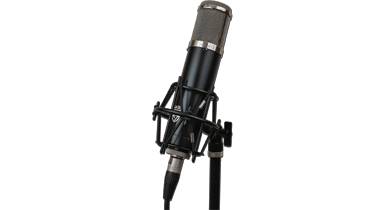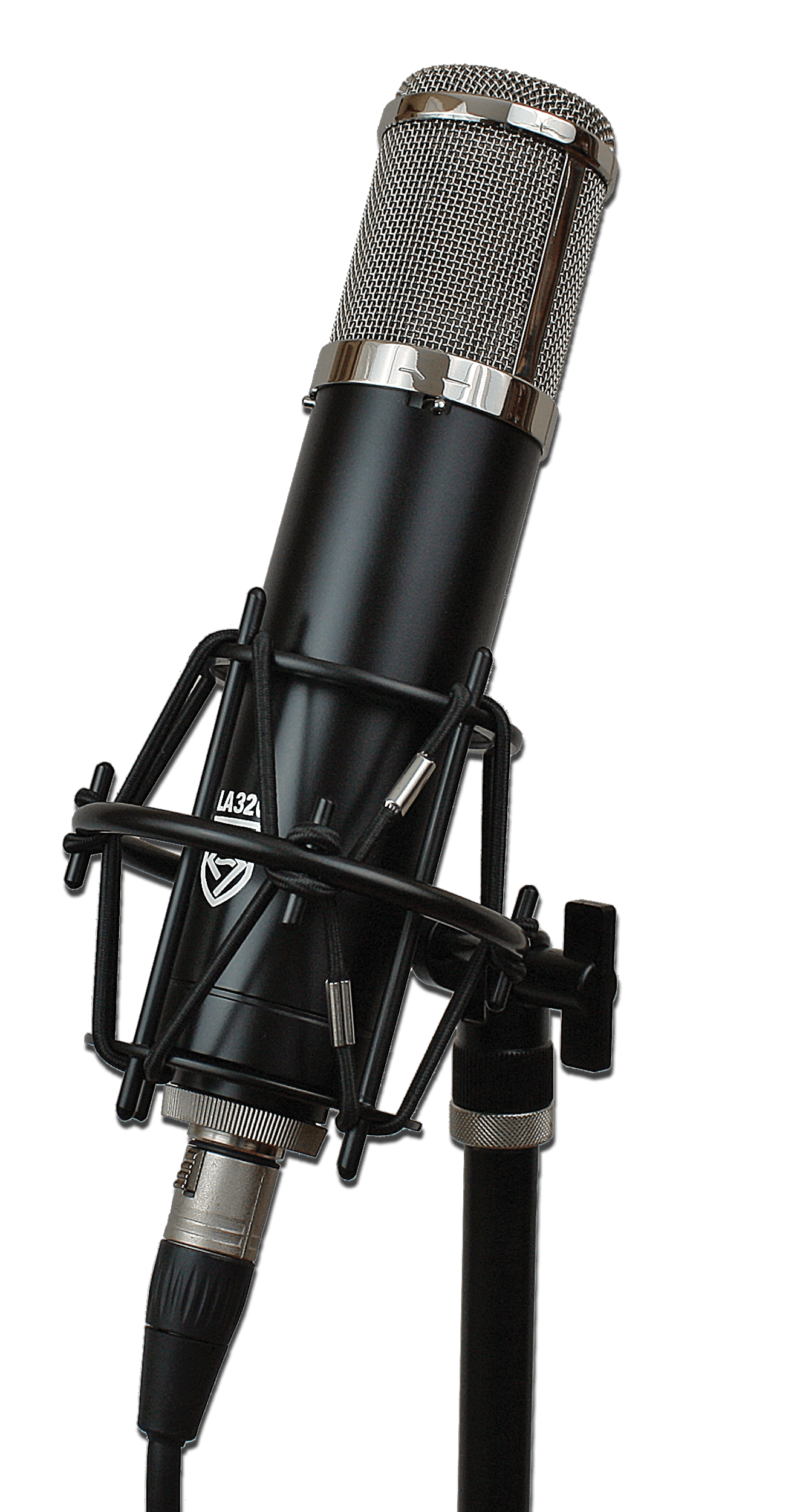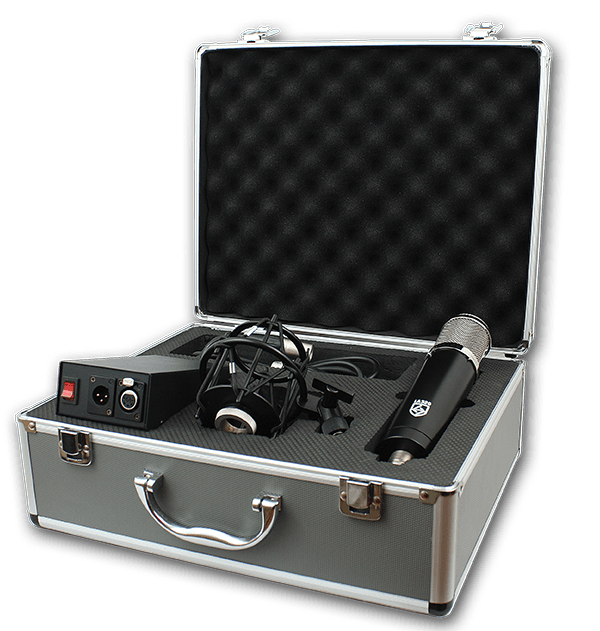Lauten Audio LA-320 Review – Bringing Something Extra
Need a valve mic to add to your collection? Mike Hillier warms up to Lauten Audio… Details Kit LA-320 Manufacturer Lauten Audio Price £439 Contact Synthax Audio 01727 821870 Web Synthax In its matte black body, silver grille, and with nothing but the Lauten Audio logo and the mic name printed on the body in […]

Need a valve mic to add to your collection? Mike Hillier warms up to Lauten Audio…
Details
Kit LA-320
Manufacturer Lauten Audio
Price £439
Contact Synthax Audio
01727 821870
Web Synthax
![]()
In its matte black body, silver grille, and with nothing but the Lauten Audio logo and the mic name printed on the body in white, the LA-320 has a simple, understated visual aesthetic. But since it boasts a 12AX7 valve stage, we’re hoping the voicing of this mic will be anything but understated.
The LA sound
In addition to the valve stage – using a Chinese 12AX7B, a low-noise version of the ubiquitous 12AX7 valve – the LA-320 has both a high- and low-pass filter built into the onboard PCB. The mic comes in a flight case with its own power supply, five-pin XLR cable, and shock mount.
As with any high-voltage valve equipment, it’s important to give the valve a chance to warm up before you get stuck in using it. This gives the heater in the valve time to bring the cathode up to working temperatures, as a cold cathode can’t emit electrons, so won’t function in its ideal manner. We give the valve half an hour, and use the time to prepare everything else we need for the session.
Our first test with the LA-320 is on a male vocal, pitting it against the (solid-state) Aston Origin. Without the high-pass filter engaged, the LA-320 has a distinct low-end boominess, which may help to add weight and depth to a thin-sounding vocalist, but in this instance, only made the vocal sound boxy. Engaging the high-pass filter helps a lot, and brings more clarity to the sound.
The midrange seems to be doing much of the heavy lifting with this microphone, with a very smooth and focused high-end. The Origin has more presence up at the top, and the bottom end didn’t require any filtering to get it into the ballpark, but it doesn’t have quite the midrange the LA-320 brought forward.
Engaging the low-pass filter gives even more focus to the midrange, and pushes the recording back in the mix a little. This might be perfect for backing vocals, or a fizzy electric guitar, but it wasn’t going to suit a lead vocal, except maybe under very specific circumstances. Next up, we tracked a slide-guitar part using a resonator guitar tuned to open A.
This time, the enhanced proximity effect helped to add an incredible depth to the part, for a larger-than-life recording of an instrument we often have trouble with – the resonating element of this particular guitar has a pronounced midrange with a tendency to sound boxy, especially when it’s played hard.
The shimmer from the resonator was lost a little with the low-pass engaged, so we went with the natural response of the mic. In comparison, the Origin produced a more honest recording of the guitar, with a less pronounced bottom end, and again, a more emphasised midrange – this is a fault of the instrument, not the microphone, but one that shows the importance of having a variety of mics available to you.
Switching from mic’ing the acoustic instrument to using the built-in pickup and mic’ing our five-watt Tweed amp, the low-pass filter on the LA-320 came into its own. By engaging the filter on the LA-320, we were able to focus the frequency range of the mic onto the most useful range being pushed out by the speaker, saving us the effort of EQ’ing this out later anyway. Again, the proximity effect helped add some extra weight to the gnarled, chewed-up, gritty sound coming from the amp, but filtering this out with the high-pass filter if you’re working with a busier mix might make more sense.
The low-pass filter came into its own on the guitar-amp recording, and if your budget can stretch to a pair of these, we imagine they’d make strong overhead mics for recording a drum kit, using the low-pass filter to deal with some of the brittle top-end that condenser mics can pick up when used as overheads, producing a warmer, more ribbon-like sound.
The LA-320 is a highly useful mic. It certainly has the capacity to bring out more depth in thinner sounding voices and instruments, and with the high-pass filter engaged, the low end can be really brought under control for instruments that don’t need this extra push. It’s a worthy mic for the price point, and performs well under a variety of circumstances.
LA-320 Key features
- 1-inch dual large-diaphragm condenser capsule
- Cardioidpickup pattern
- 12AX7 valve
- 120Hz high-pass filter
- 12kHz low-pass filter
Measuring Up
If you’re looking for a valve microphone on a budget, the sE X1 T (£229) is also a contender, and it sounds surprisingly good for such an inexpensive mic. Ultimately, though, it doesn’t have the depth of the LA-320 and only comes with a high-pass filter.
If your budget allows, the SE Z5600a II (£719) or Røde K2 (£699) provide multiple pickup patterns, which make these more flexible options.




